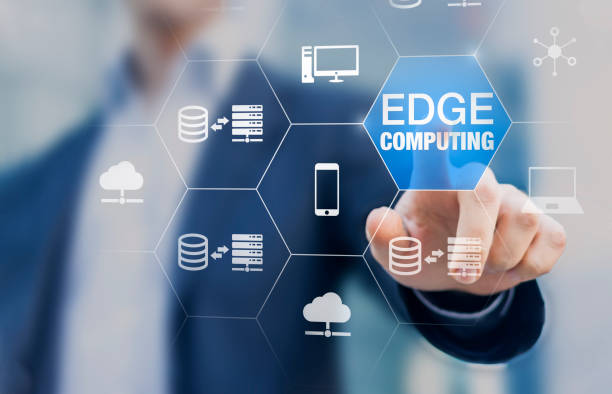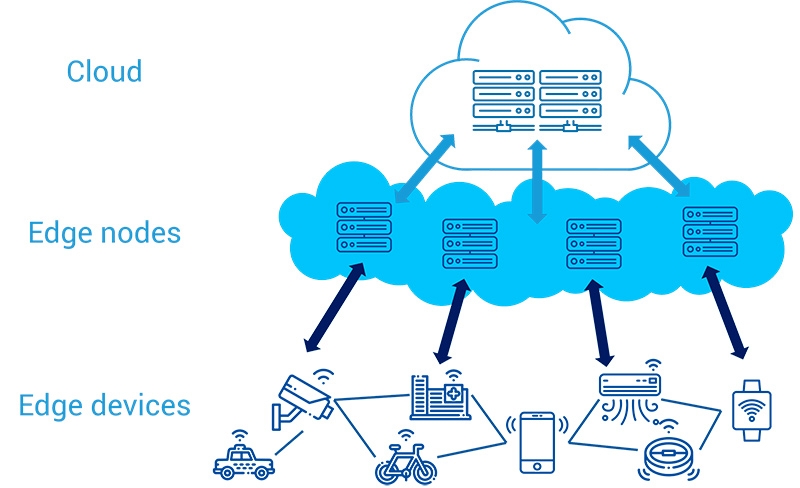Edge Computing: The future of data processing at the network edge
Published

The way data is processed and used has fundamentally changed with the introduction of edge computing. In this blog post, we will explore the concept of edge computing, its importance in modern computing and its impact on various industries.
What is Edge Computing?

Those : istockphoto.com
Before we delve further into the details, let's first look at what edge computing actually is. Edge computing refers to decentralized data processing at the network edge, in close proximity to the devices and sensors that produce data. Instead of sending all data to the cloud or a central data center, it is processed and analyzed directly at the edge of the network.
The importance of edge computing
Real-time data processing
By processing data at the network edge, edge computing enables real-time data processing. This is particularly important in applications such as autonomous driving, industrial automation and surveillance systems, where delays in data processing can be critical.
Reduced latency
Edge computing reduces latency because data is processed locally, without long transmission routes to the cloud. This is crucial in applications where fast response times are required, such as Internet of Things (IoT) or augmented reality (AR) applications.
Bandwidth optimization
By processing and analyzing data at the network edge, the network's bandwidth is used more efficiently. Only relevant data or aggregated information is transferred to the cloud for further analysis and storage, resulting in a reduction in data traffic.
Applications of Edge Computing

Those : commons.wikimedia.org
Industry 4.0
In Industry 4.0, edge computing enables local analysis of sensor data in real time to improve the efficiency and productivity of manufacturing processes. Machines can make decisions autonomously and detect anomalies without relying on a connection to the cloud.
Smart Cities
In smart cities, edge computing solutions can help optimize infrastructure and improve energy efficiency. Sensors and cameras can analyze data on site to control traffic, monitor environmental conditions or implement effective waste management strategies.
Healthcare
In healthcare, edge computing enables rapid processing of patient data to support diagnosis and take life-saving measures in real time. Wearable devices and medical sensors can analyze information on-site and enable quick responses when needed.
Challenges and future prospects
Data security and data protection
Decentralized data processing at the network edge creates new challenges in the area of data security and data protection. Mechanisms must be developed to ensure that sensitive data is adequately protected and cannot be accessed by unauthorized persons.
Infrastructure complexity
Edge computing requires a distributed infrastructure with many nodes at the edge of the network. Managing and maintaining this infrastructure can be a complex task, especially when it comes to scalability and reliability.
Standardization and interoperability
To realize the full potential of edge computing, standards and protocols must be developed that ensure interoperability between different devices and platforms. This makes it easier to integrate edge computing solutions into existing infrastructures.
Conclusion

Those : istockphoto.com
Edge computing has the potential to revolutionize the way data is processed and used. Decentralized data processing at the network edge can achieve real-time data processing, reduced latency and efficient use of network bandwidth. It has numerous possible applications in various industries, including Industry 4.0, smart cities and healthcare. However, there are also challenges to overcome, such as data security, infrastructure complexity and interoperability. However, as edge computing continues to develop, these challenges will be overcome and new innovative solutions for data processing will be created.








